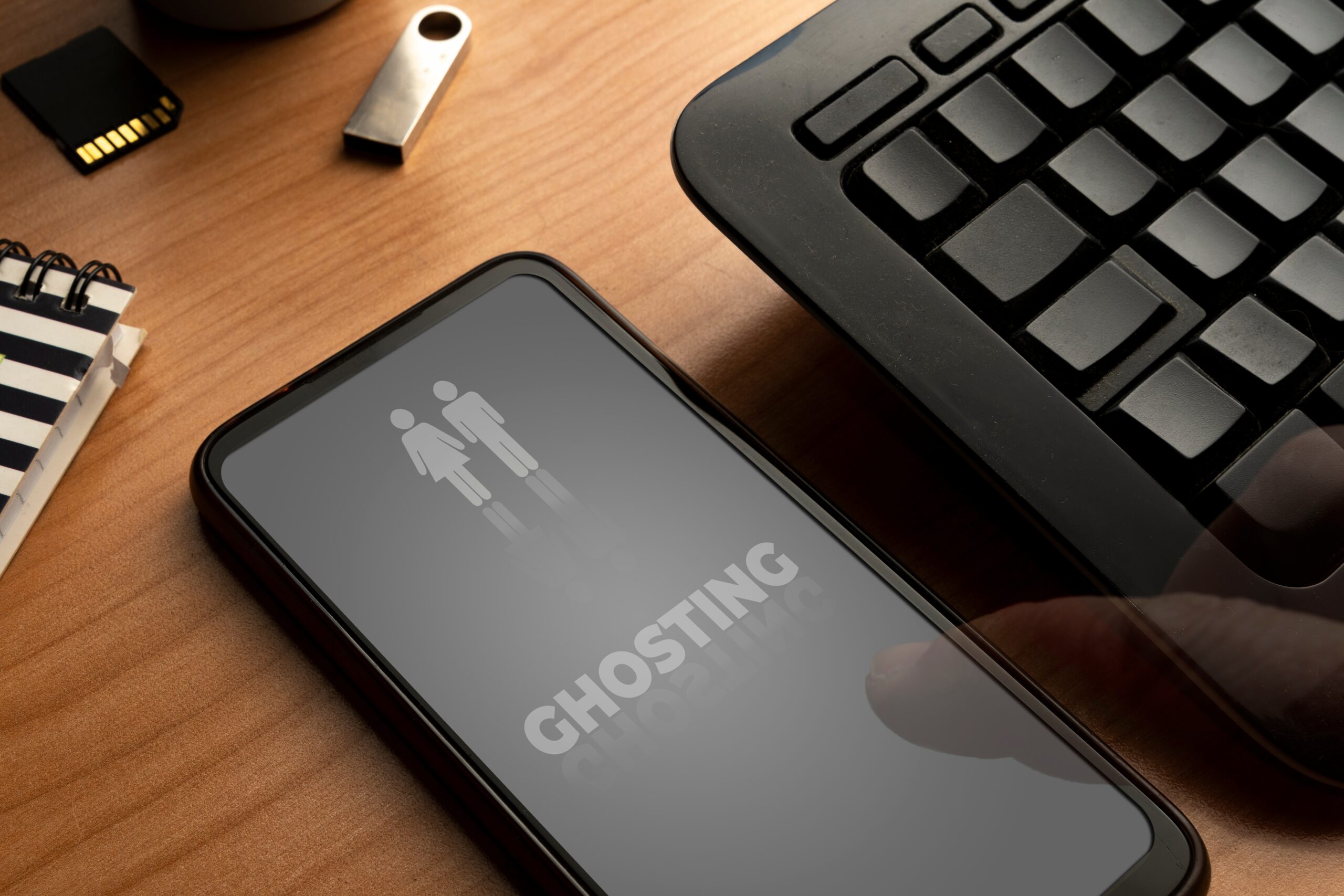Emotional unavailability is a silent relationship killer, but what if you could break through those barriers with just a few simple practices?
Story Highlights
- Emotional unavailability affects romantic, familial, and platonic relationships.
- Attachment theory and trauma are often at the root of emotional detachment.
- Rapid interventions can foster emotional openness without long-term therapy.
- Practical strategies include self-awareness exercises and structured communication.
Understanding Emotional Unavailability
Emotional unavailability, a term originating in psychological literature, refers to the difficulty some people have in forming emotional connections. Often linked to attachment theory and trauma, it manifests as detachment or emotional blunting. While historically confined to clinical settings, this phenomenon now finds itself at the heart of mainstream relationship advice. As mental health and relationship wellness gain prominence, understanding and addressing emotional unavailability becomes crucial.
Those grappling with emotional unavailability often face challenges in various types of relationships, from romantic to familial. This detachment can stem from adverse childhood experiences and insecure attachment styles, leading to a cycle of emotional distance. The importance of breaking this cycle has driven the development of fast-acting practices aimed at fostering emotional openness, moving beyond the confines of traditional, long-term therapy.
Practical Strategies for Emotional Openness
Self-awareness exercises such as journaling and mindfulness can be pivotal in identifying emotional barriers. These practices encourage introspection, helping individuals understand the roots of their emotional detachment. Vulnerability training, involving honest communication in safe contexts, can further bridge the gap, allowing individuals to express their feelings openly and build more profound connections.
Exploring one’s attachment style provides insights into personal patterns and their origins. This understanding can guide individuals in reshaping their relational behaviors. Structured communication techniques, including “I feel” statements and active listening, offer tools to enhance emotional openness and foster healthy dialogue. These strategies, supported by expert commentary and recent research, offer actionable steps toward emotional availability.
The Role of Professionals and Self-help
Mental health professionals, relationship coaches, and self-help resources play a significant role in addressing emotional unavailability. Therapists and counselors provide guided emotional work, helping individuals navigate their emotional landscapes. Meanwhile, the rise of self-help and mental health awareness movements in the 2000s–2020s has made emotional unavailability a common topic in popular psychology, with increasing demand for accessible tools and resources.
For those experiencing emotional unavailability, engaging with a therapist or counselor can offer valuable support. Professional guidance ensures that interventions are tailored to individual needs, addressing underlying causes rather than just symptoms. While some caution against pathologizing emotional unavailability, experts agree that self-awareness, communication training, and professional support are key to overcoming emotional barriers.
Future Implications and Industry Impact
In the short term, implementing rapid-opening practices can lead to improved relationship satisfaction and increased self-awareness. Long-term implications include deeper, more fulfilling relationships and improved mental health outcomes. The impact of addressing emotional unavailability extends beyond personal relationships, influencing the mental health and wellness industry, which is experiencing growth as demand for therapy and self-help resources rises.
Socially, there is a greater public discourse on emotional health and relationship skills. This conversation indirectly influences public health policy and funding for mental health services. As emotional unavailability becomes more widely recognized as a barrier to healthy relationships, the demand for rapid, evidence-based interventions continues to grow, shaping the future of relationship wellness.
Sources:








